Source: Department of Transport Careless drivers who put other road users at risk face on-the-spot penalties under new measures announced today (5 June 2013) by Road Safety Minister Stephen Hammond.…
Read More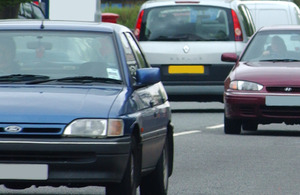

Source: Department of Transport Careless drivers who put other road users at risk face on-the-spot penalties under new measures announced today (5 June 2013) by Road Safety Minister Stephen Hammond.…
Read More
Certainly they work for some people but for others an intensive driving course (or crash course) is too intense! It will depend very much on the individual. But remember it's…
Read More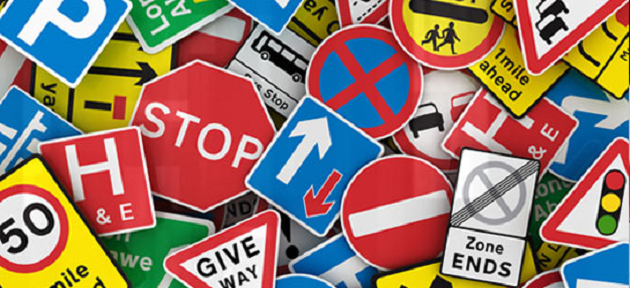
DO NOT BOOK ANY TEST THEORY OR PRACTICAL WITH ANY OTHER SITE OTHER THAN THE OFFICIAL www.gov.uk GOVERNMENT WEBSITE. YOU CAN GET CLEAN OFFICIAL GOVERNMENT LINKS TO BOOK YOUR THEORY…
Read More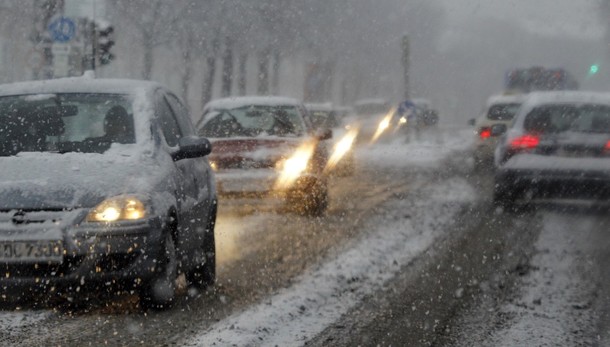
The basic rules in the video clip apply now as they did then. With the weather changing for the worst and the snow causing disruption on the roads. The residents…
Read More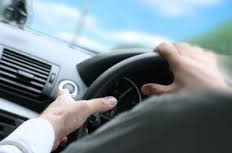
As we enter into this topic, take a moment to think about a situation where you noticed another vehicle driving very poorly. Maybe they were swerving, speeding, or doing something…
Read More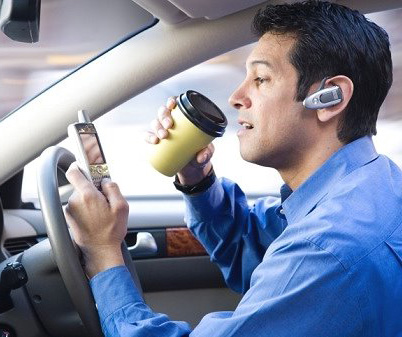
Wow! Look at that bird perched in the tree! Not while you are driving you don't. It is inevitable things will catch you eye while behind the wheel, but paying…
Read More
Getting a short notice test is achieved by making use of existing previously booked driving test cancellations appointments. For example, if a test candidate is not ready for or unable…
Read More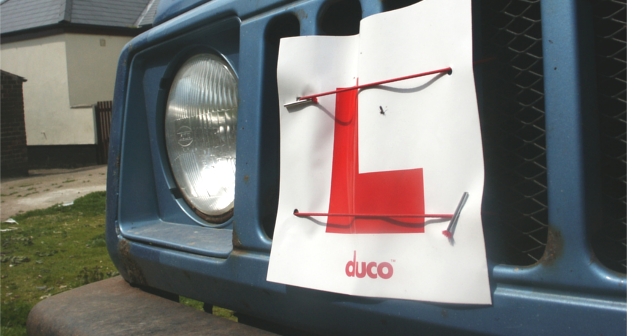
Research by Intelligent Car Leasing reveals that driving tests are showing an overall decline in collisions with other vehicles over the past 5 years. Intelligent Car Leasing gathered data on…
Read More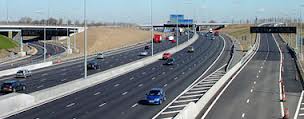
A two-year experiment by the Danish Road Directorate shows accidents have fallen on single carriageway rural roads where the speed limit was raised. Accidents have also fallen on motorways where…
Read More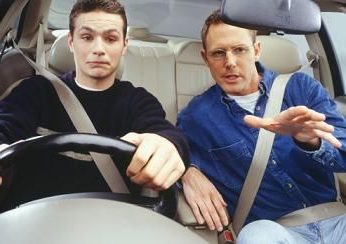
Google driving schools and you will get over 600k results. So how are you going to whittle through these and make a decision that may involve your future. You will…
Read More